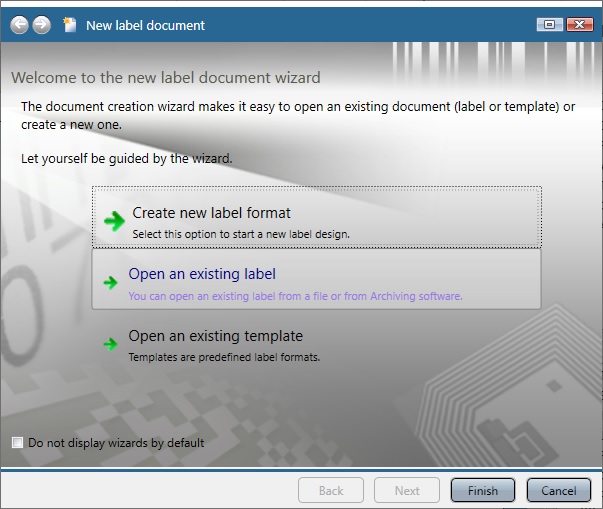

#LABELVIEW 2015 MULTIPLE PER LABEL FREE#
If you’re ready to give your own dual axis charting a try, sign up for a free DataHero account and import your own data.USPS postal zones aren’t actual geographic zones, but rather, codes that convey the distance a package has to travel in miles from its origin point. Have more questions about the appropriate type of chart to use? Check out this post. Thus, the line in the chart above is confusing because it’s representing a trend with categorical data. They’re best reserved for trends over time. For example, a line chart isn’t the best way to represent categorical data. Just because you have two axes doesn’t mean other charting best practices don’t apply. This one seems obvious but it’s easy to forget. You can’t even see the bottom line except for the triangles because the axes are so vastly different. It becomes very visually confusing, switching between checking the legend and the chart over and over. In the example below, there are four lines in addition to the columns. Stick to making one point with your chart, by displaying the relationship between two variables. This compares a currency value with a rounded number value.Ī chart can only hold so much information before it becomes overwhelming. In the chart below we can see the relationship between number of homes for sale and average home price in California, for example. Similar to the previous idea, you can display two numerical values with different units with a dual axis chart as well. The average rent price per square foot, however, has increased steadily from January of 2011- August of 2013. Whereas owning is affected by changing market conditions, renting seems to move in only one direction.ĭo Display Variables With Different Numerical Units By plotting these two variables on the same chart using a dual y-axis we can see that the average price per square foot dipped slightly in 2012 but increased again throughout the end of 2012 and into 2013. This is why the scales have such a large discrepancy. The average rent per square foot is calculated on a monthly basis, whereas the average home price per square foot is calculated based on the overall sale price.

We can now easily visualize these two variables within the same plane. In DataHero, simply drag on two numerical variables (plus another variable like date) and you’ll see a dual axis chart like the one below that displays the average price per square foot versus average rent per square foot: It also uses up less real estate in Powerpoint presentations. To easily see two variables with very different scales, it’s much easier to see them within the same graph than to flip between two charts. Do Use Dual Axis Charts To:ĭo Display Variables With Vastly Different Scales This post will walk you through when to use dual axis charts, and when to stick to a single y-axis. However, many data analysts hate them, but why? Dual axis charts, if used incorrectly, can be misleading. They illustrate a lot of information with limited space and allow you to discover trends you may have otherwise missed if you’re switching between graphs. A dual axis chart is a great way to easily illustrate the relationship between two different variables.


 0 kommentar(er)
0 kommentar(er)
